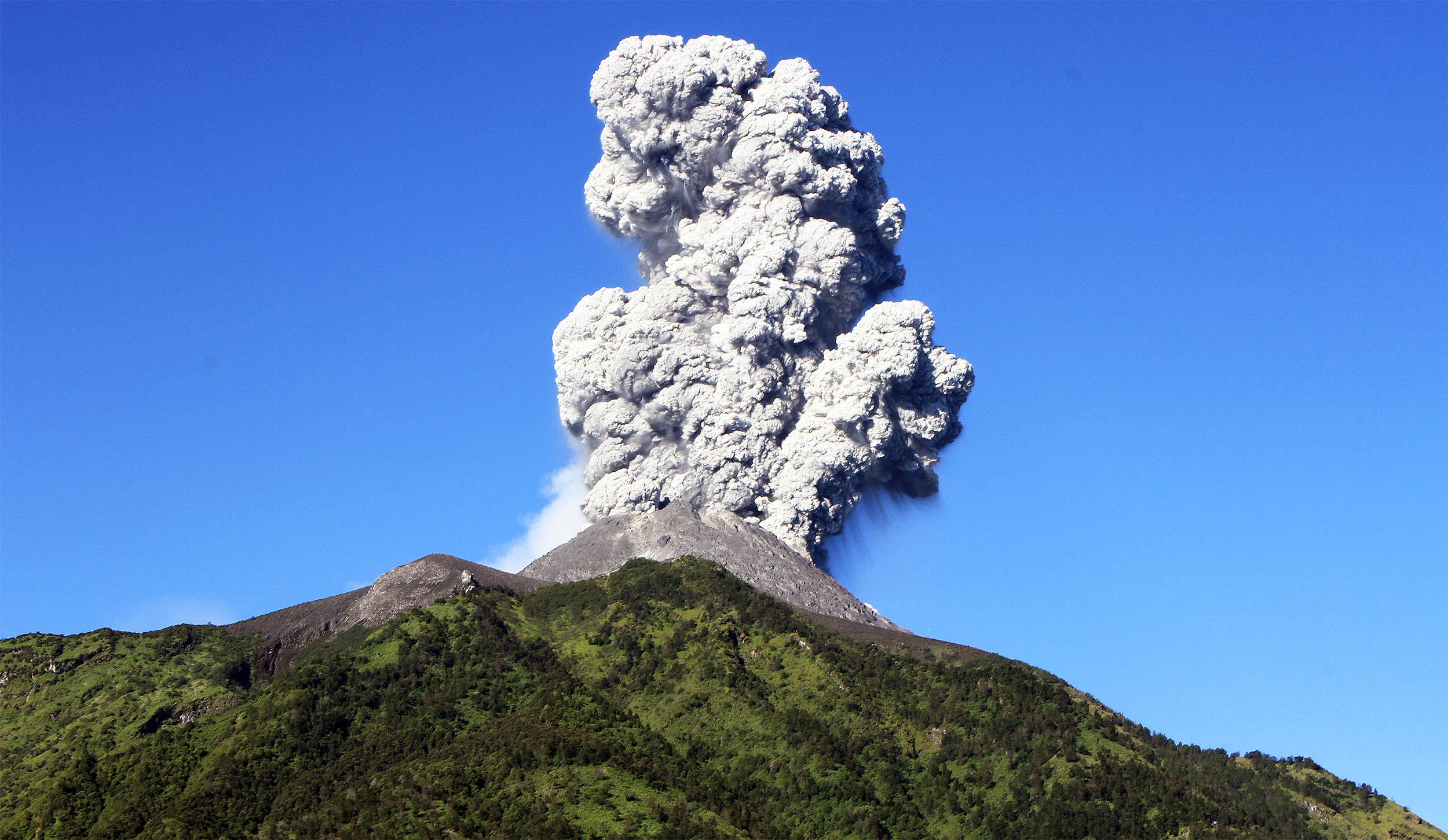People who live near active volcanoes need alerts they can trust. False alarms wear down that trust, while missed warnings put lives at risk. Steam-driven blasts, which can erupt with few surface signs, are especially hard to predict.
Scientists are testing a signal within earthquake waves called shear-wave splitting that may help. When seismic shear waves cross cracked, stressed rock, they separate into two directions: one faster and one slower.
Tracking the magnitude of that split and the direction of the fast wave reveals how cracks are aligned and how stress changes over time.
Measuring shear-wave signals
Shear-wave splitting rises when cracks open in a preferred direction. It stays low when cracks are scattered or stress doesn’t change much.
This makes the signal useful for spotting shifts in a volcano’s hydrothermal system, where hot water and steam move through fractured rock.
At Mount Ontake in Japan, researchers installed 12 stations to monitor these changes.
A team of scientists, led by Professor Mike Kendall from the Department of Earth Sciences at Oxford University, set out to test whether larger stress changes during an explosive eruption would cause a larger increase in splitting than during a small event.
What the study learned
“Seismic anisotropy – or the effect of rock composition and internal fractures on the speed of shear-waves oscillating at right angles to each other – is a well-documented phenomenon,” Kendall explained.
“When we reflected on how anisotropy increases as the pressure inside a volcano builds, we were excited to explore if we could detect these changes, and if this could be a distinctive signal which could be applied to early warning systems.”
Kendall and his team compared earthquake signals from Mount Ontake’s 2007 and 2014 eruptions and found that shear-wave splitting parameters varied with eruption size.
In 2007, during a small steam-driven eruption, the splitting pattern held steady.
In 2014, during a larger eruption, the delay between fast and slow waves doubled, anisotropy rose from about 3% to 20%, and the fast-wave direction rotated to align with the maximum stress in the region.
Shear-wave splitting signal strength
Their work argues that heating at the base of the hydrothermal system increased cracking and stress before the 2014 blast, pushing the volcano past a threshold that the smaller 2007 event never reached.
They hoped to identify a practical parameter that could flag whether an eruption was imminent and whether it might be more damaging.
Because the splitting changes appeared before the eruption began, the parameter can function as both an early alert and a rough indicator of severity.
“The focal mechanisms of volcano-tectonic earthquakes changed drastically before and after the 2014 eruption,” noted Professor Toshiko Terakawa, co-author of the study from Nagoya University.
“Integrating data from shear-wave splitting and earthquake focal mechanisms could provide deeper insights into conditions required for an eruption to occur.”
A tale of two eruptions
The 2007 Ontake eruption was small and had far less impact on nearby communities, while the 2014 eruption was much larger and explosive.
Taken together, the observations suggest a link between eruption size and the strength of the splitting signal.
“The records around two eruptions on Ontake volcano in Japan have been able to show that the method can not only show changes before eruptions, but that they can potentially help to predict the size of an eruption,” added co-author Professor Martha Savage of Victoria University of Wellington.
“This work was an example of how cooperation among people from around the globe can address important societal problems.”
Shear-wave signals and future safety
This study shows how a threshold in stress and cracking can mark the difference between a minor event and a dangerous one, offering a practical way to sharpen alerts.
“We expect to see these effects at other volcanoes across the globe, not just at Ontake Volcano,” said Dr. Tom Kettlety, also from the Department of Earth Sciences at Oxford.
“As changes in volcanic stress occur prior to an eruption, we anticipate that we would see changes in shear-wave splitting. This could be a valuable tool for early warning of volcanic eruptions, especially for local communities,” Kettlety concluded.
For people living near volcanoes, early warning systems are a lifeline, and trust matters.
Reducing false alarms requires tools that respond clearly to real changes within a volcano, and shear-wave splitting signal detection instruments may be the solution.
The full study was published in the journal Seismica.
—–
Like what you read? Subscribe to our newsletter for engaging articles, exclusive content, and the latest updates.
Check us out on EarthSnap, a free app brought to you by Eric Ralls and Earth.com.
—–
